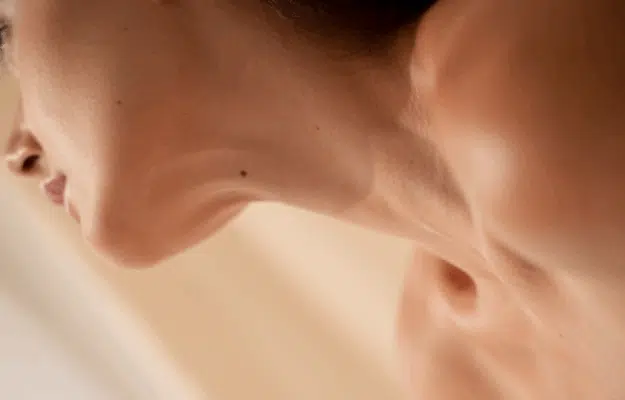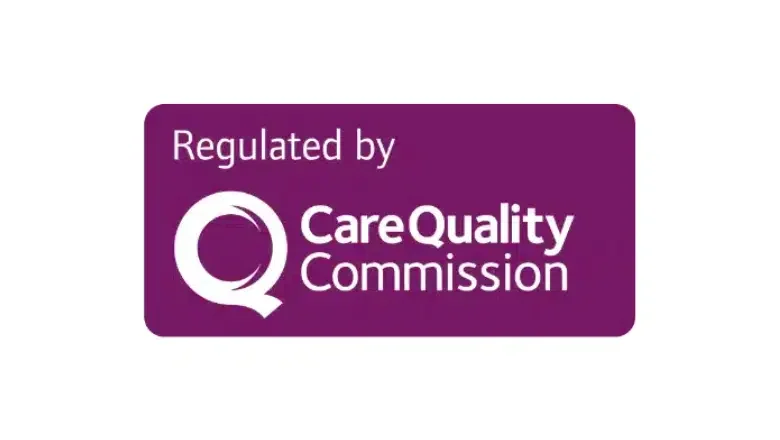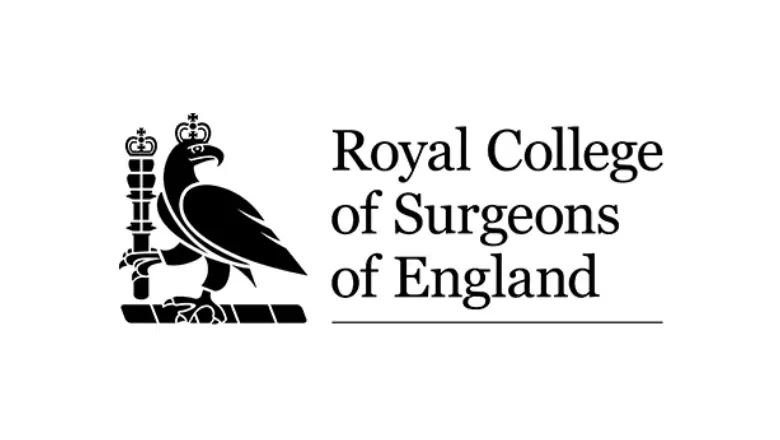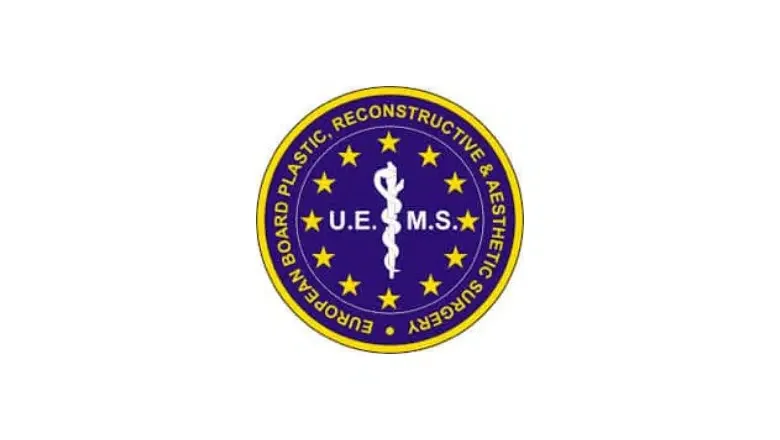In a recent exploration into the advancements of facial rejuvenation surgery, our plastic surgeons at Centre for Surgery in London delve into the nuances of the deep plane facelift. Despite its portrayal as the ‘latest’ advancement in the field, the deep plane facelift is not a novel innovation. Instead, it’s a refined technique within the comprehensive toolkit of an experienced plastic surgeon.
PART 1: Deep Plane Facelift Demystified: How It’s Changing the Face of Cosmetic Procedures
The surgeons emphasise that the cornerstone of any surgical procedure’s success hinges not on the method employed or the allure of marketing strategies but on the surgeon’s wealth of experience. This principle stands unwavering across the realm of cosmetic surgery.
Historically, the significance of targeting the SMAS layer (Superficial Musculo-Aponeurotic System) for enhanced facial rejuvenation was spotlighted in the 1960s and 70s. Yet, the quest for perfection led surgeons to develop more intricate procedures, venturing into the deeper planes of facial anatomy. This drive stems from a relentless pursuit of excellence and a desire to overcome the limitations of existing techniques, aiming to achieve even more remarkable results.
RELATED: Benefits of a Deep Plane Facelift
However, the notion of the deep plane facelift as a cutting-edge procedure is somewhat misleading. The technique, in reality, has been part of the plastic surgery landscape since the early 1990s, known by various names such as the ‘Composite’, ‘Triplane’, or ‘Subperiosteal’ facelift. These methods, which involve manipulating tissues down to the bone, have showcased impressive outcomes under the hands of surgeons with the requisite expertise and experience.
Yet, the adoption of these deep plane techniques has been cautious. The deeper surgical approach carries a heightened risk of facial nerve injury, potentially resulting in facial paralysis or palsy. Such adverse effects could lead to prolonged and severe complications for the patient, an outcome far removed from the expectations surrounding a cosmetic procedure.
Proponents of deep plane facelifts argue that the risks are comparable to those of other facial rejuvenation techniques. This assurance likely holds true when highly skilled surgeons conduct the procedure. However, the dilemma arises when less experienced surgeons attempt these sophisticated techniques without the necessary proficiency, elevating the risk of nerve damage.
In response to the many inquiries we receive about deep plane facelifts and facial rejuvenation surgery, we aim to shed light on these complex procedures. Our commitment is to provide clarity and support to those considering such surgeries. Should you have further questions or wish to discuss your options, we invite you to schedule a consultation at our Baker Street clinic, where safety and expertise are at the forefront of our practice.
Myths Around Deep Plane Facelifts
When contemplating the advancements in facelift techniques, particularly the deep plane facelift, it’s essential to dive deep into the nuances that differentiate it from its predecessors. The inception of the deep plane facelift was primarily aimed at addressing the intricate challenges of sagging in the mid-face and nasolabial folds—a concern not universally applicable but prevalent enough to necessitate innovation. The deep plane method has shown promise in scenarios where traditional SMAS (Superficial Musculo-Aponeurotic System) lifting techniques might not suffice.
RELATED: SMAS Facelift
However, the landscape of facial ageing is multifaceted. Beyond the mere sagging of skin, individuals may experience a diminution in soft tissue volume or fat, and in some cases, a reabsorption of the bony structures in the facial region. These changes demand a more nuanced approach, one that may involve a combination of techniques such as mid-facelifts, fat grafting, or even non-surgical interventions to achieve a harmonious and rejuvenated appearance without necessarily resorting to the deep plane facelift.
A distinctive feature of the deep plane facelift is its technique of elevating both the skin and the SMAS layer as a singular composite unit. This method theoretically enhances the blood supply to the skin, fostering optimal conditions for wound healing. Despite this potential advantage, the notion that lifting the skin and SMAS together is universally superior is a misconception. The individuality of facial ageing—marked by unique expressions, animation characteristics, and varying degrees of ageing across different facial zones—calls for a tailored approach to rejuvenation.
While beneficial in specific instances, the deep plane facelift may not offer the requisite versatility for personalised aesthetic goals. Surgeons often encounter situations where adjusting the SMAS layer’s position—whether it be a more vertical lift in one area or an oblique or posterior adjustment in another—is necessary without necessitating a corresponding adjustment in the skin layer. This level of customisation, achievable when manipulating the skin and SMAS layers independently, allows for a more refined and individualised outcome, catering to the unique contours and ageing patterns of each patient.
RELATED: SMAS Facelift vs Deep Plane Facelift
How Long Do The Results of Deep Plane Facelift Last?
The quest for lasting youthfulness often leads individuals to consider the benefits of various facelift techniques, with the deep plane facelift frequently emerging as a topic of interest due to its comprehensive approach to facial rejuvenation. However, when delving into the critical question of whether deep-plane facelift results endure longer than other facelift methodologies, it’s essential to ground our understanding in evidence and expert insight.
RELATED: What is the Best Age for a Facelift?
There is no concrete data within the UK that definitively supports the notion that deep plane facelifts offer superior longevity over other facelift techniques. This finding aligns with the understanding that the ultimate determinant of any facelift’s lasting power is not solely the technique itself but rather the inherent quality of the patient’s skin and tissues.
The quality of one’s tissue plays a pivotal role in the durability of facelift results. Factors such as skin elasticity, collagen density, and overall tissue health significantly influence how well and how long the rejuvenating effects of a facelift will be maintained. In essence, the tighter and more elastic the skin, the longer the effects of the facelift, including those achieved through deep-plane techniques, are likely to last.
RELATED: How Long Does A Deep Plane Facelift Last?
While the deep plane facelift is renowned for addressing sagging and ageing signs by manipulating deeper layers of facial tissues, the technique itself does not alter the fundamental aspects of skin ageing. Environmental factors, genetics, lifestyle choices, and the natural ageing process continue to play their roles, affecting the longevity of facelift results.
Moreover, the surgeon’s expertise is a critical factor that cannot be overstated. The outcome and longevity of a facelift are significantly influenced by the surgeon’s skill, experience, and understanding of facial anatomy. A surgeon is adept in the nuances of facelift surgery, who can tailor the procedure to the individual’s specific ageing patterns and tissue quality, is more likely to achieve results that look not only natural but also last longer.
The Role Of The Deep Plane Facelift in Facial Rejuvenation
The concept of a singular technique that universally addresses all ageing concerns is fundamentally flawed. Despite its significant contributions to the advancement of facial rejuvenation, the deep plane facelift is no exception to this rule.
Our anatomical structures and ageing process are as unique as our fingerprints. The way our skin and underlying tissues change over time varies significantly from one individual to another. These variations include differences in skin elasticity, facial volume, bone density, and how we each experience the loss of youthful contours. It is, therefore, unrealistic to expect that any single surgical technique could serve as a panacea for all ageing concerns across the diverse spectrum of patients.
RELATED: Different Types of Facelift And Neck Lift
The essence of achieving outstanding and natural-looking results lies not in relying on a specific technique but in applying a broad spectrum of strategies tailored to meet each individual’s unique needs. This includes the judicious use of SMAS layer techniques, among which the deep plane facelift might be considered, depending on the specific requirements of the case. The key to success is the surgeon’s ability to employ these techniques skillfully.
The hallmark of a successful facelift procedure is the surgeon’s experience, skill, aesthetic judgment, and safety record. These qualities are paramount, far outweighing the significance of the chosen technique. A surgeon’s ability to assess each patient’s distinct features and to strategically apply their knowledge and skills is what ultimately defines the quality of the outcome.
Thinking of Having a Facelift?
When contemplating the journey towards facial rejuvenation through a facelift, the choice of surgeon and the specific technique often take centre stage in one’s considerations. However, as highlighted in our previous discussions, the pathway to a successful facelift involves a myriad of factors beyond just the surgical method employed. Among these, the management and strategic placement of scars hold significant weight in the decision-making process, underscoring the importance of a holistic approach to cosmetic surgery.
Scarring is an inevitable part of the healing process following any surgical intervention, yet its visibility and impact can vary widely. The skill with which a surgeon handles the incisions — from their inception, through the surgical procedure, to the final insetting and positioning — plays a crucial role in minimising their visibility. Our surgeons dedicate years to mastering these techniques, aiming to ensure that the resultant scars are as inconspicuous as possible. This meticulous attention to detail enables patients to style their hair and present themselves without the constant reminder of having undergone surgery.
RELATED: Facelift Scars: What to Expect after Surgery
This expertise in scar management is not the byproduct of a specific facelift technique but rather the result of comprehensive surgical experience and a deep understanding of facial anatomy. It highlights the fact that the choice of a facelift technique, while important, is just one of many considerations that contribute to the overall success and satisfaction with the procedure.
Beyond scar management, several other factors are paramount when selecting a surgeon for your facelift. These include:
- Surgeon’s Experience and Expertise: The breadth of the surgeon’s experience, particularly with facelift procedures, influences their ability to tailor the surgery to the unique contours and aging patterns of each patient.
- Aesthetic Judgment: A surgeon’s aesthetic vision and understanding of facial harmony are critical in achieving results that are not only youthful but also natural-looking.
- Safety Record: An impeccable safety record and adherence to the highest standards of surgical practice are non-negotiable aspects of choosing a surgeon.
- Patient Reviews and Before/After Gallery: Testimonials and visual evidence of previous surgeries can provide insight into the surgeon’s ability to deliver desired outcomes.
- Consultation Process: A thorough and informative consultation process is essential for setting realistic expectations and fostering a mutual understanding between the surgeon and patient.
Our Surgeons’ Approach to Addressing Deeper Structures
At Centre for Surgery, we are committed to providing personalised and effective facial rejuvenation solutions. Recognising the unique characteristics and needs of each patient, our plastic surgeons employ a nuanced approach to facelift procedures, encompassing a variety of techniques to address the deeper structures of the face. This tailored strategy underscores our philosophy that cosmetic surgery should be as individual as the patients we serve.
Our surgeons have honed their skills and techniques over years of dedicated practice, performing hundreds of facelifts to achieve the most natural and youthful outcomes. Through this extensive experience, they have developed signature techniques that do not adhere rigidly to the protocols established by others in the field. Instead, they embrace the flexibility to adapt and refine their approaches based on the evolving needs and goals of our patients.
Our surgeons’ expertise in each procedure allows them to judiciously decide when and how to address the deeper facial structures, including the deep plane and the Superficial Musculo-Aponeurotic System (SMAS). Whether the optimal path involves a deep plane facelift, a SMAS facelift, or a combination of techniques, the decision is always rooted in a comprehensive assessment of the patient’s specific anatomical features and aesthetic aspirations.
We offer both deep plane and SMAS facelifts, among other advanced facial rejuvenation techniques. Our approach is not one-size-fits-all; it’s a bespoke journey tailored to enhance and refresh your natural beauty, ensuring outcomes that are not only aesthetically pleasing but also harmoniously aligned with your individual facial characteristics.
Deep Plane Facelifts at Centre for Surgery
At Centre for Surgery, we pride ourselves on offering bespoke deep plane facelift procedures, tailored meticulously to meet the unique needs and aesthetic aspirations of our patients. Our expert surgeons utilise advanced techniques and a patient-centred approach to ensure natural, youthful, and lasting results. With a focus on addressing the deeper structures of the face, our deep plane facelifts are designed to rejuvenate your appearance with the utmost precision and care.
Patient Testimonials:
- Emma, London: “After considerable research, I chose Centre for Surgery for my deep plane facelift, and it was the best decision I ever made. The attention to detail, care, and support throughout the process were outstanding. The results have been transformative, not just physically but in my confidence too.”
- Michael, Surrey: “The team at Centre for Surgery exceeded my expectations. From the initial consultation through to the follow-up, their professionalism and expertise were evident. The outcome of my facelift has been incredibly natural, and I’m delighted with the results.”
- Sophie, Kent: “Choosing Centre for Surgery for my facelift was a game-changer. The surgeons took the time to understand my concerns and tailored the procedure to suit my needs perfectly. The results are amazing, and the care I received was second to none.”
Why Choose Us?
Our surgeons at Centre for Surgery are renowned for their expertise in facial rejuvenation. With a commitment to excellence, we ensure that each patient receives a comprehensive consultation to understand their goals and to tailor the procedure accordingly. Our state-of-the-art clinic on Baker Street provides a comfortable and welcoming environment for all our patients.
Finance Options:
We understand that financial considerations are important for our patients. That’s why we offer a range of finance options, including 0% APR with Chrysalis Finance, to make your journey to rejuvenation as accessible as possible. For more details, please visit our finance options page.
More Information:
For those interested in learning more about our procedures, our dedicated plastic surgery blog offers insights, tips, and detailed information on a variety of topics. Explore our blog here for more on how we can help you achieve your aesthetic goals.
FAQs:
Have questions? Our comprehensive FAQ page provides answers to many common queries regarding our procedures, pre-and post-operative care, and what to expect during your journey with us.
Book Your Consultation:
Ready to take the next step towards a rejuvenated appearance? Contact us today to book your consultation at our Baker Street clinic. Our team is ready to guide you through the process and answer any questions you may have.
📞 Phone: 0207 993 4849
📧 Email: contact@centreforsurgery.com
📍 Address: 95-97 Baker Street, London W1U 6RN
For more about us and how we can help you achieve your aesthetic goals, visit our About Us page.












